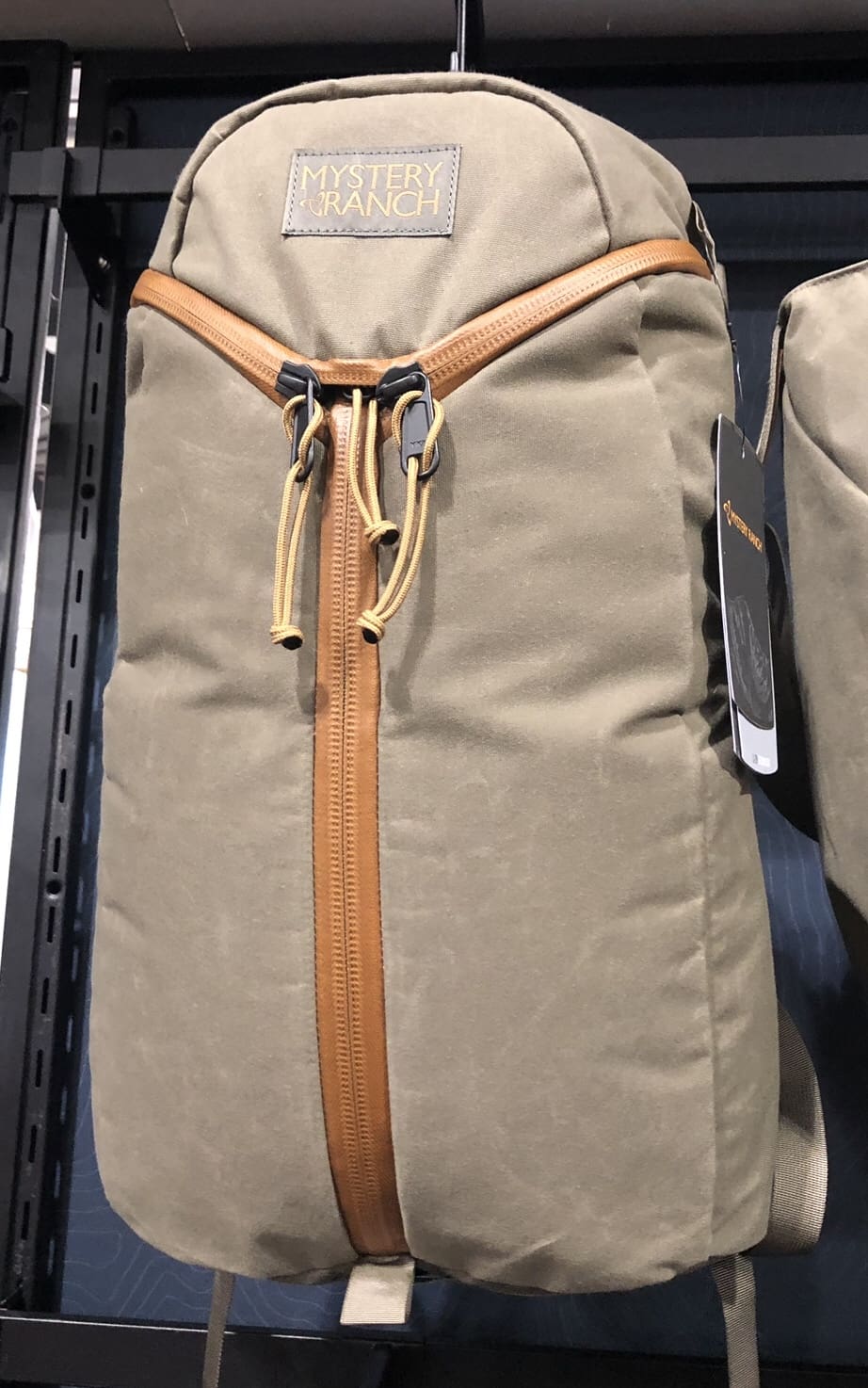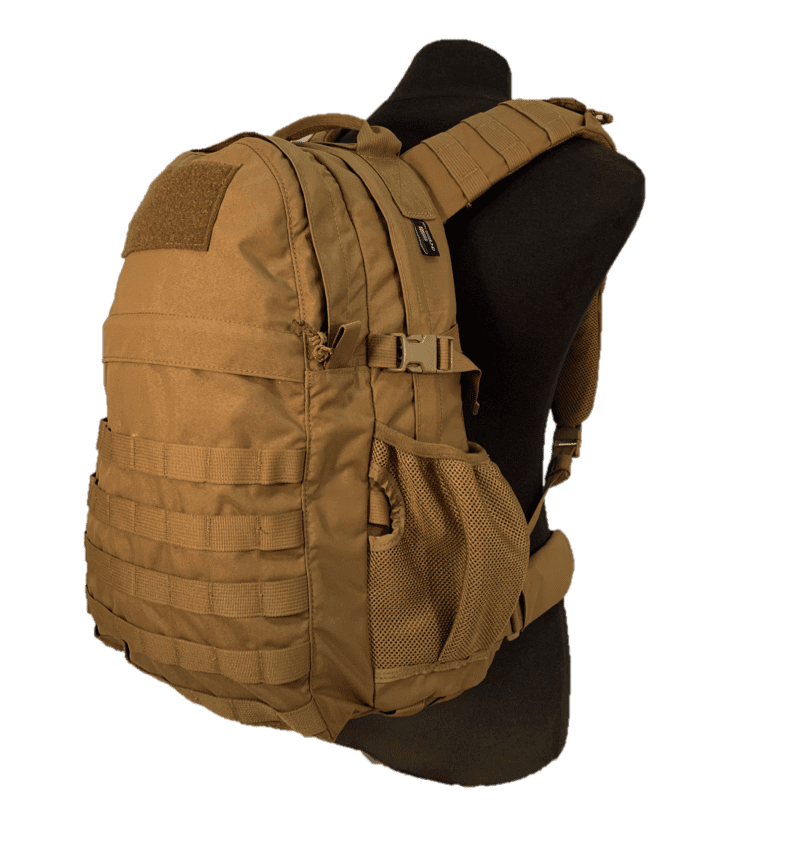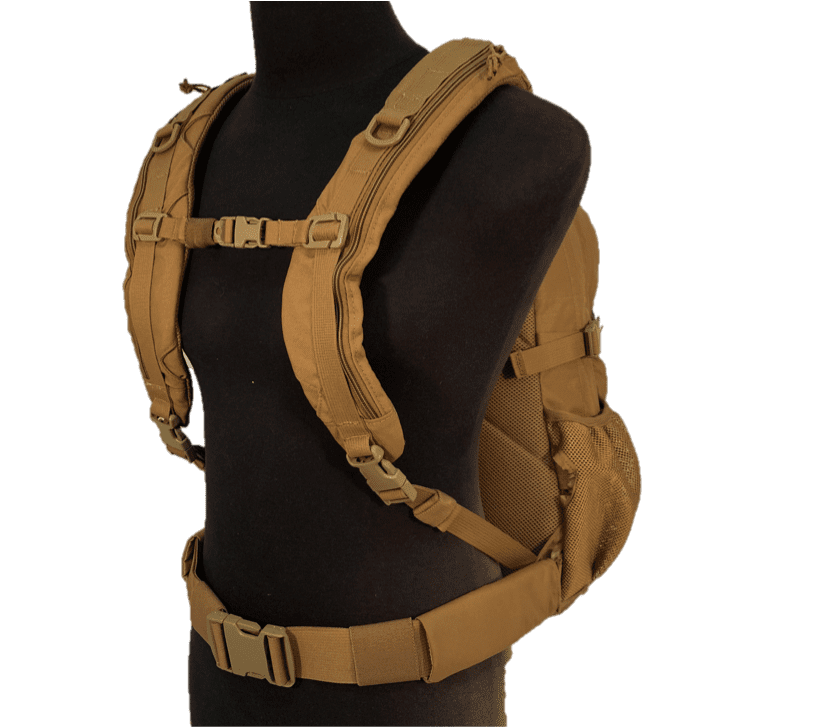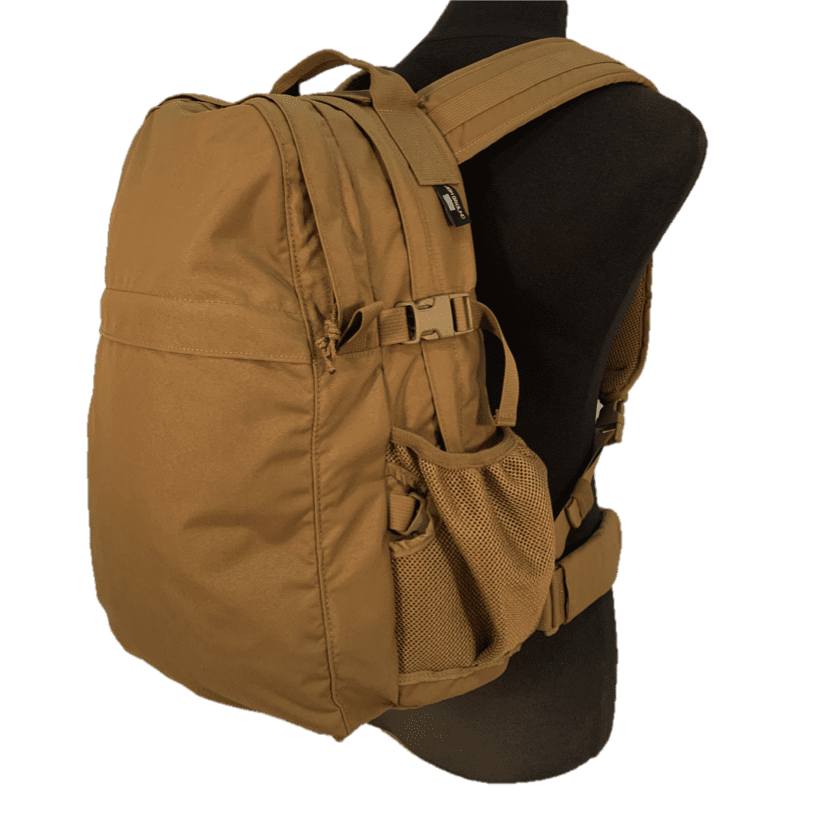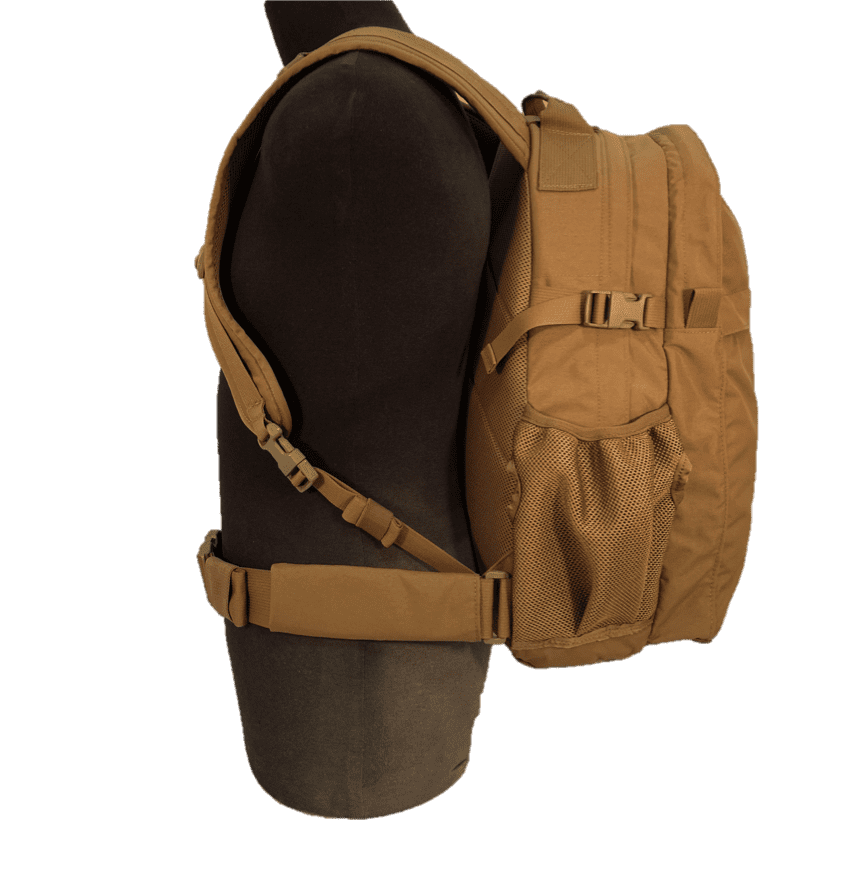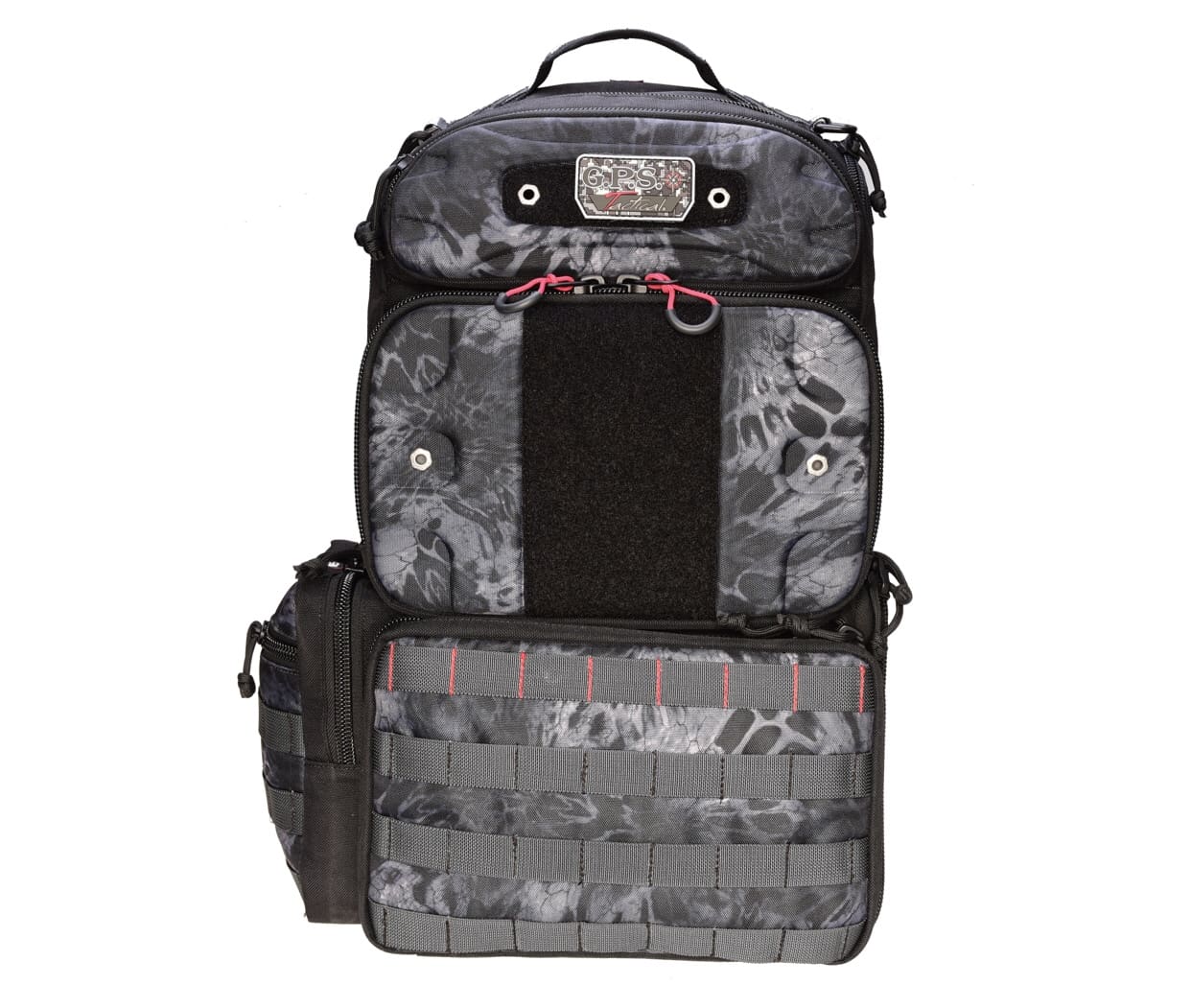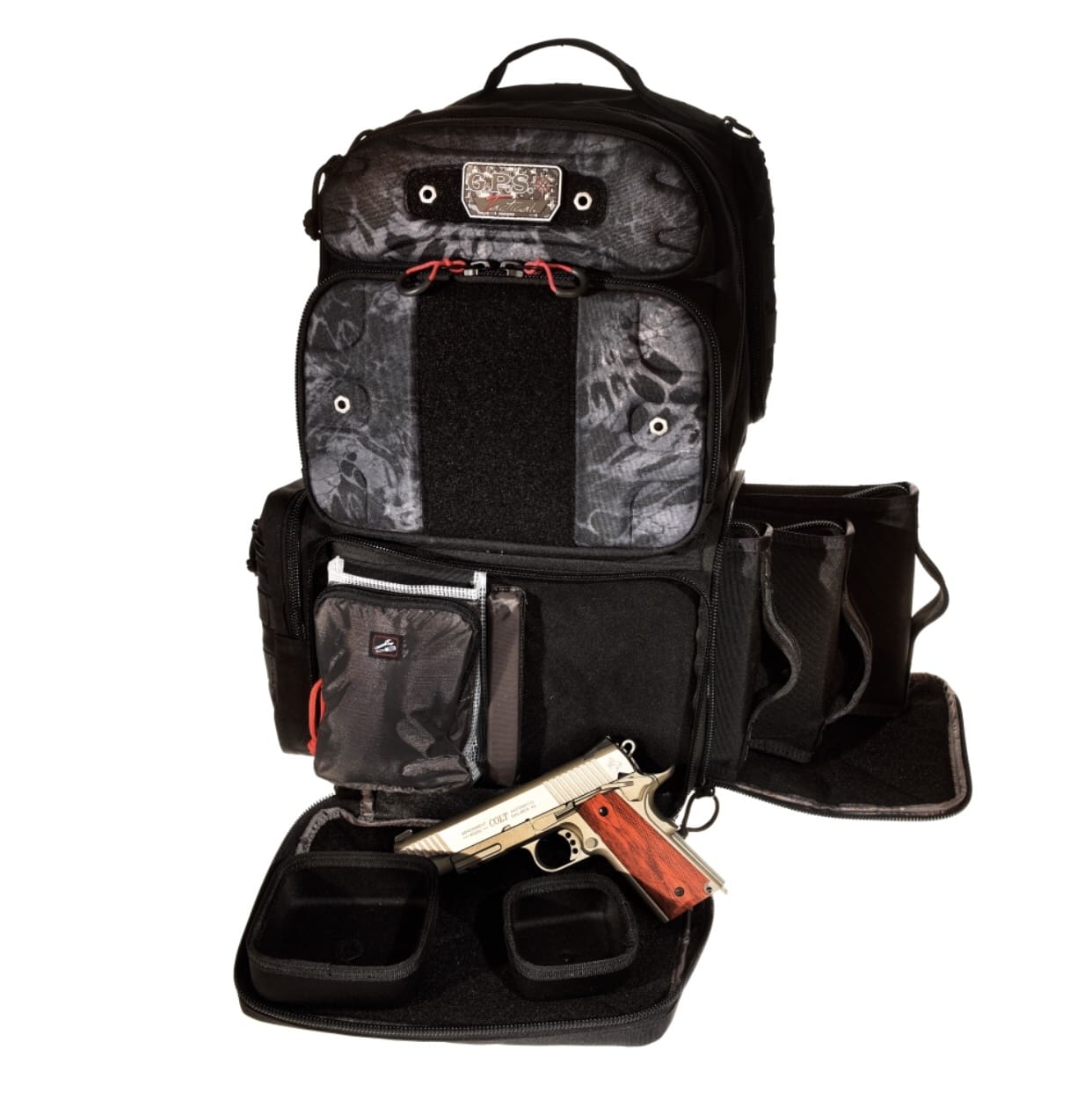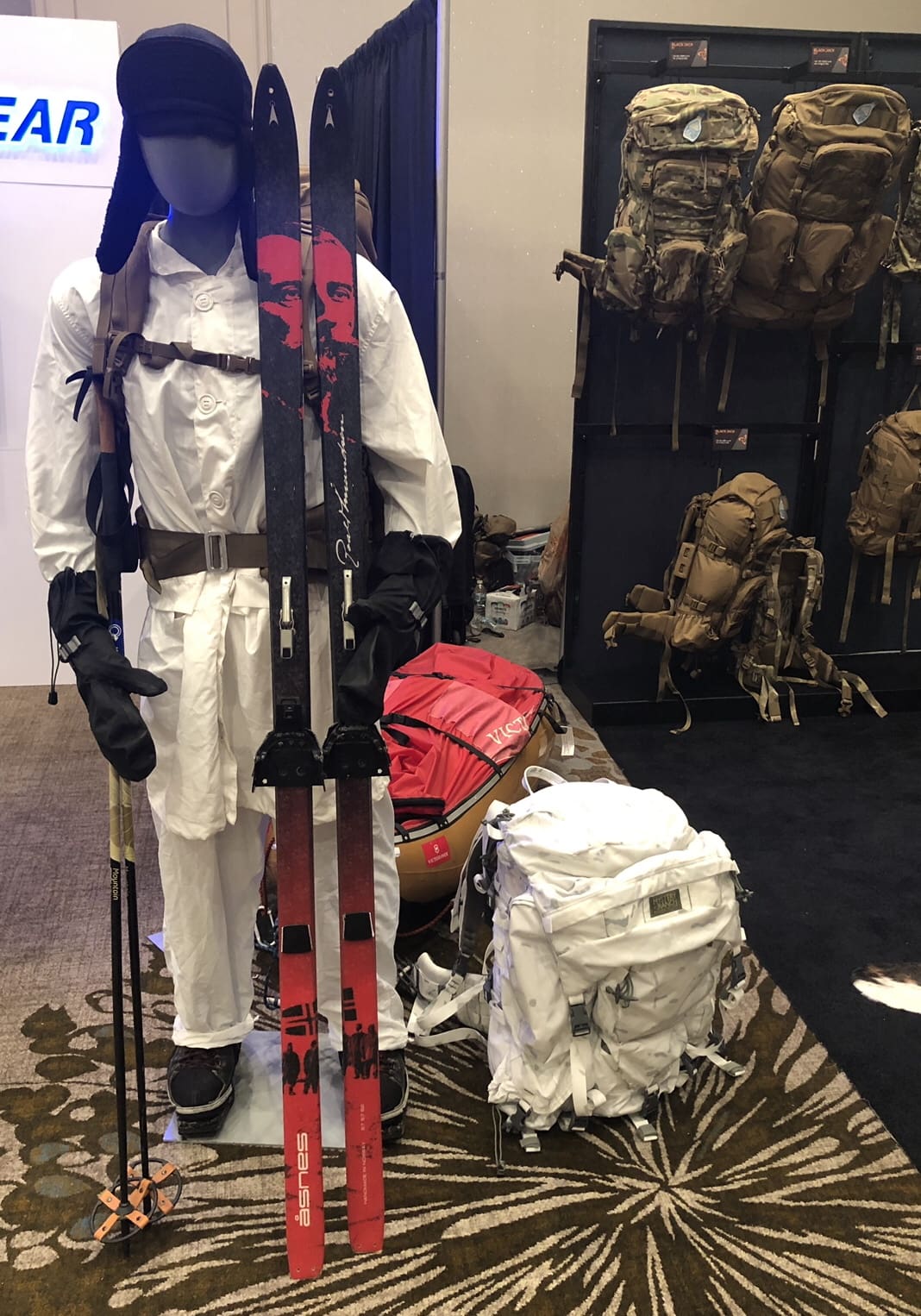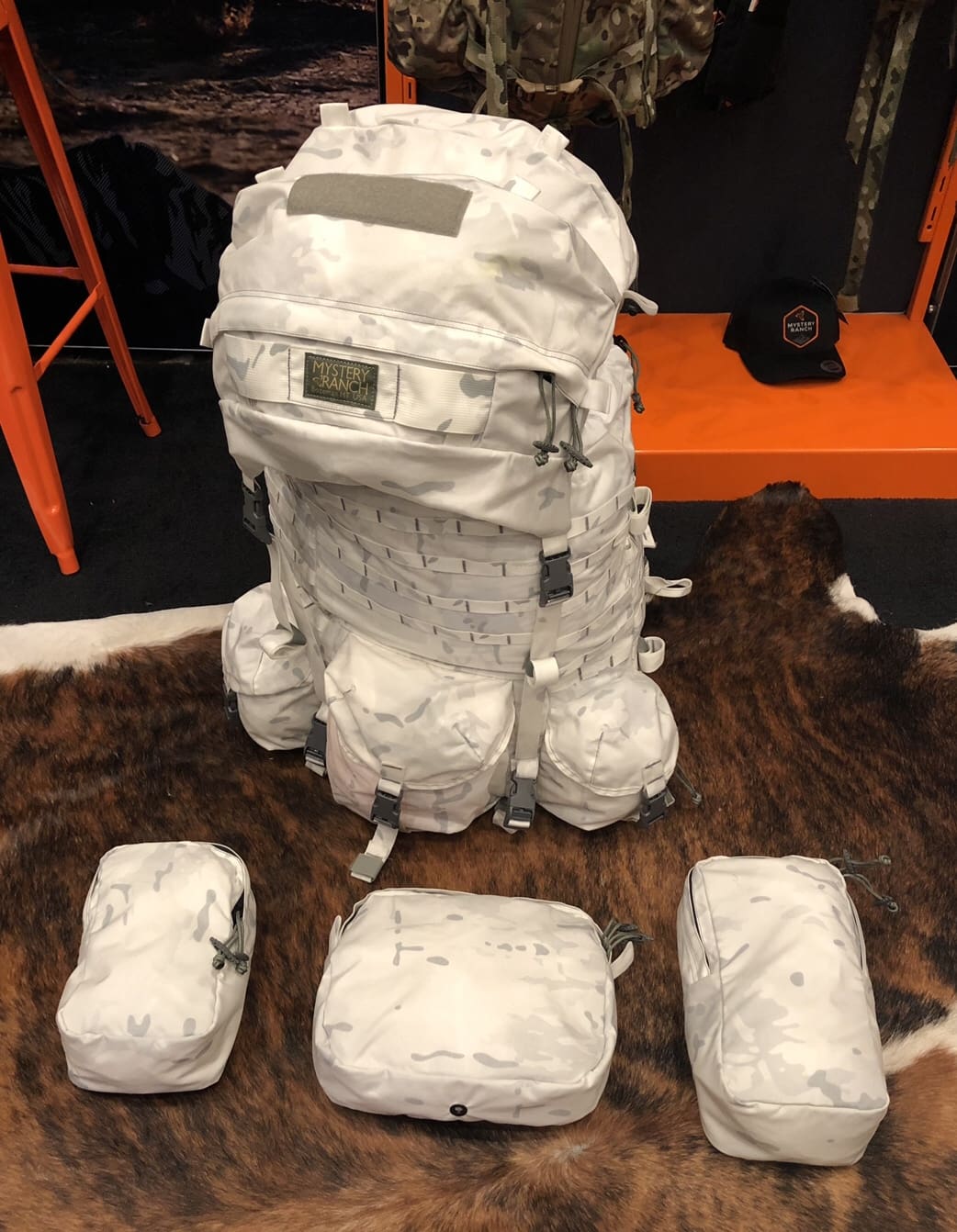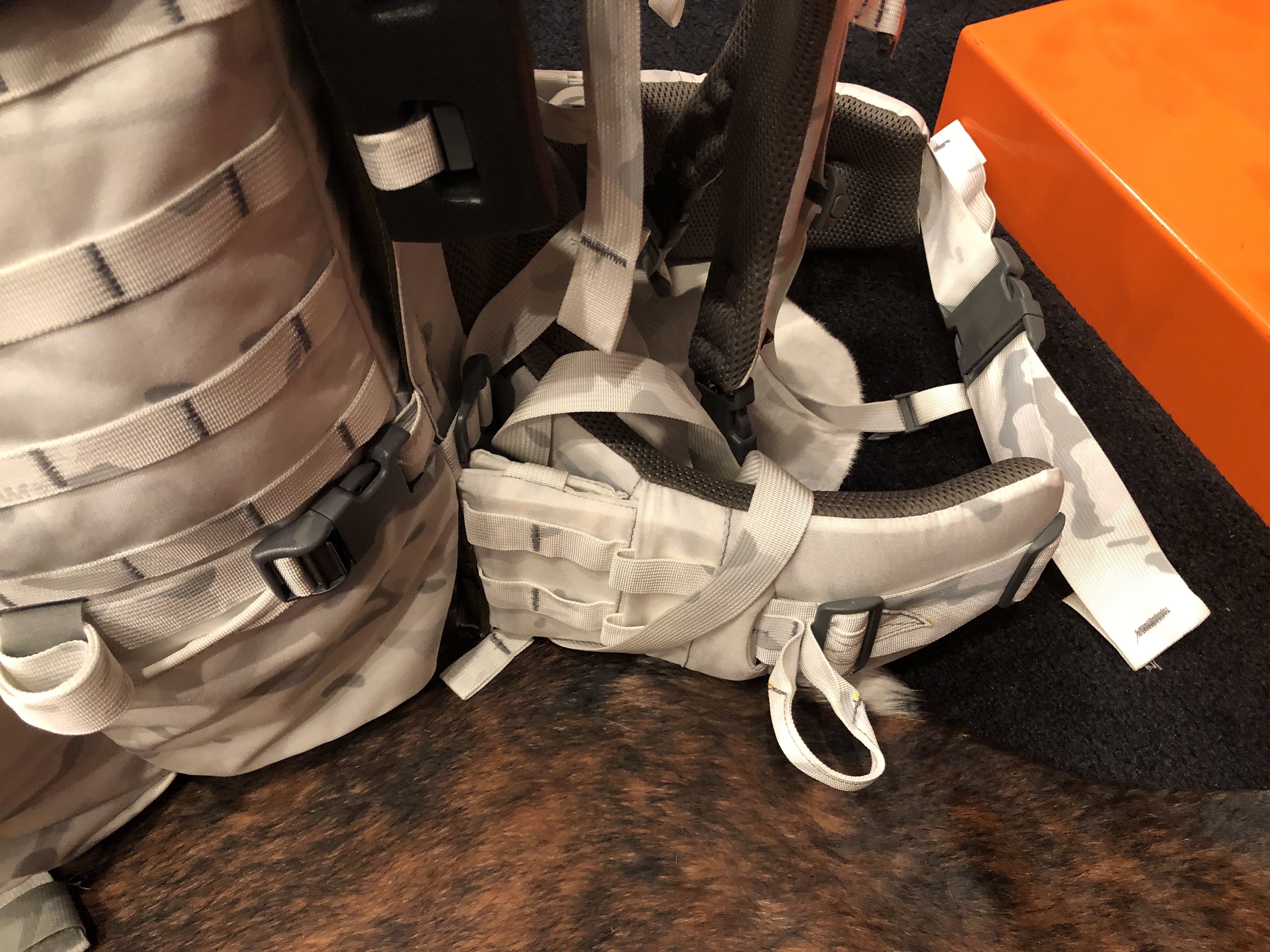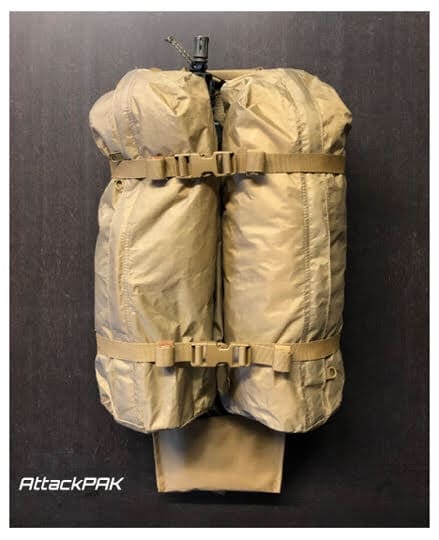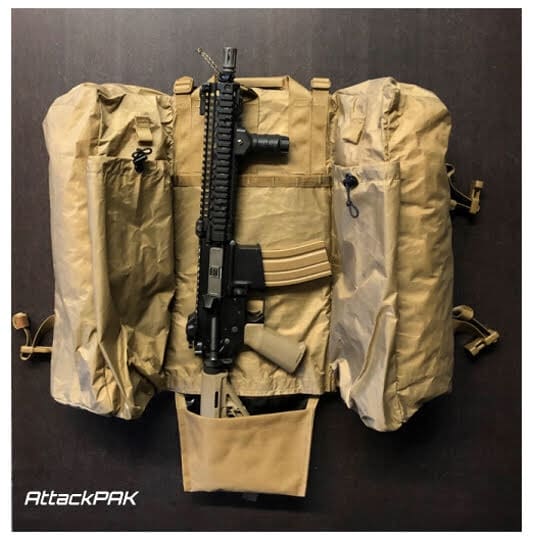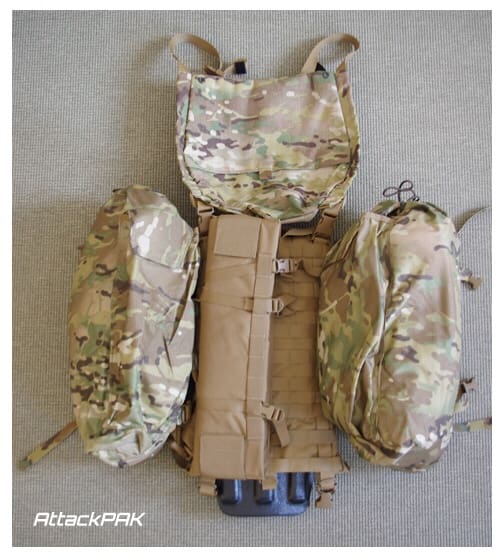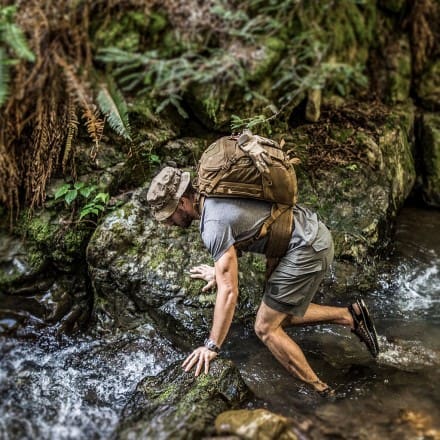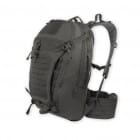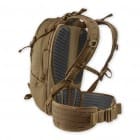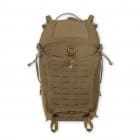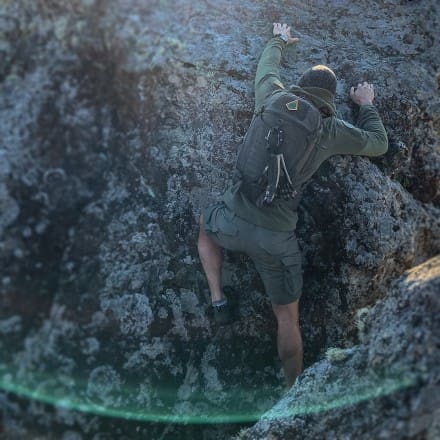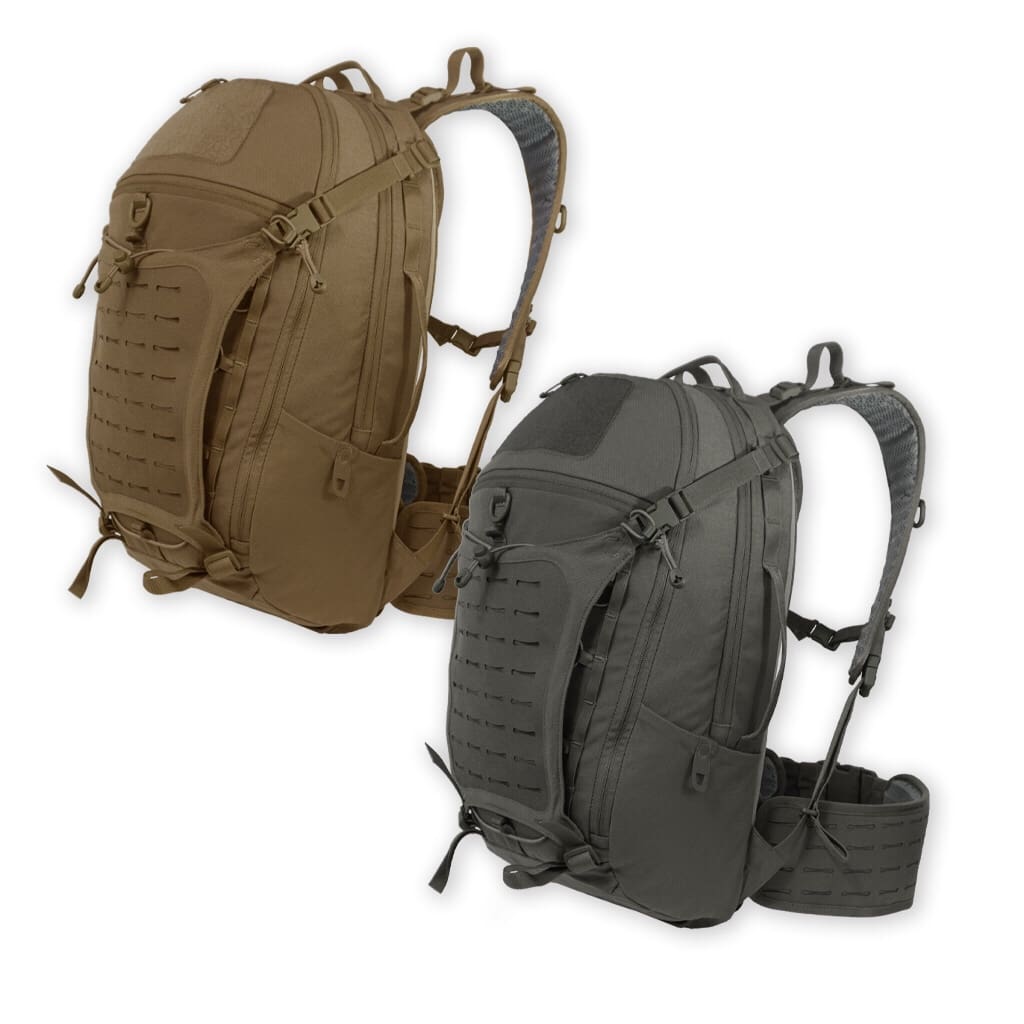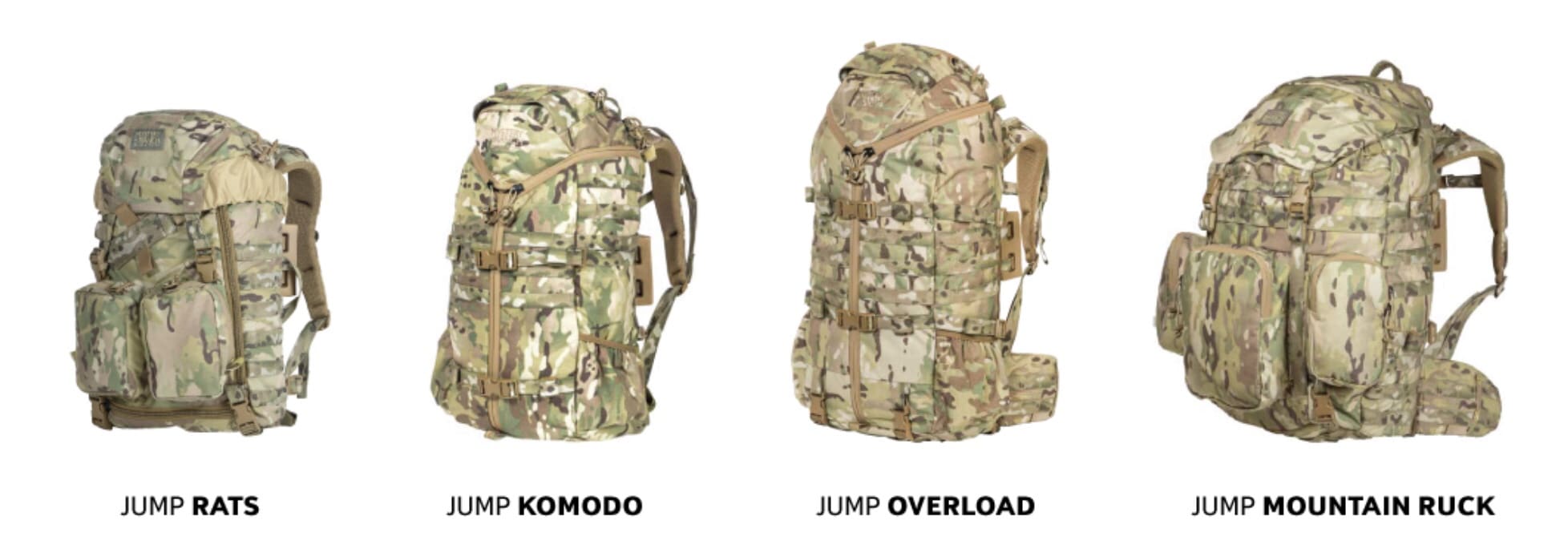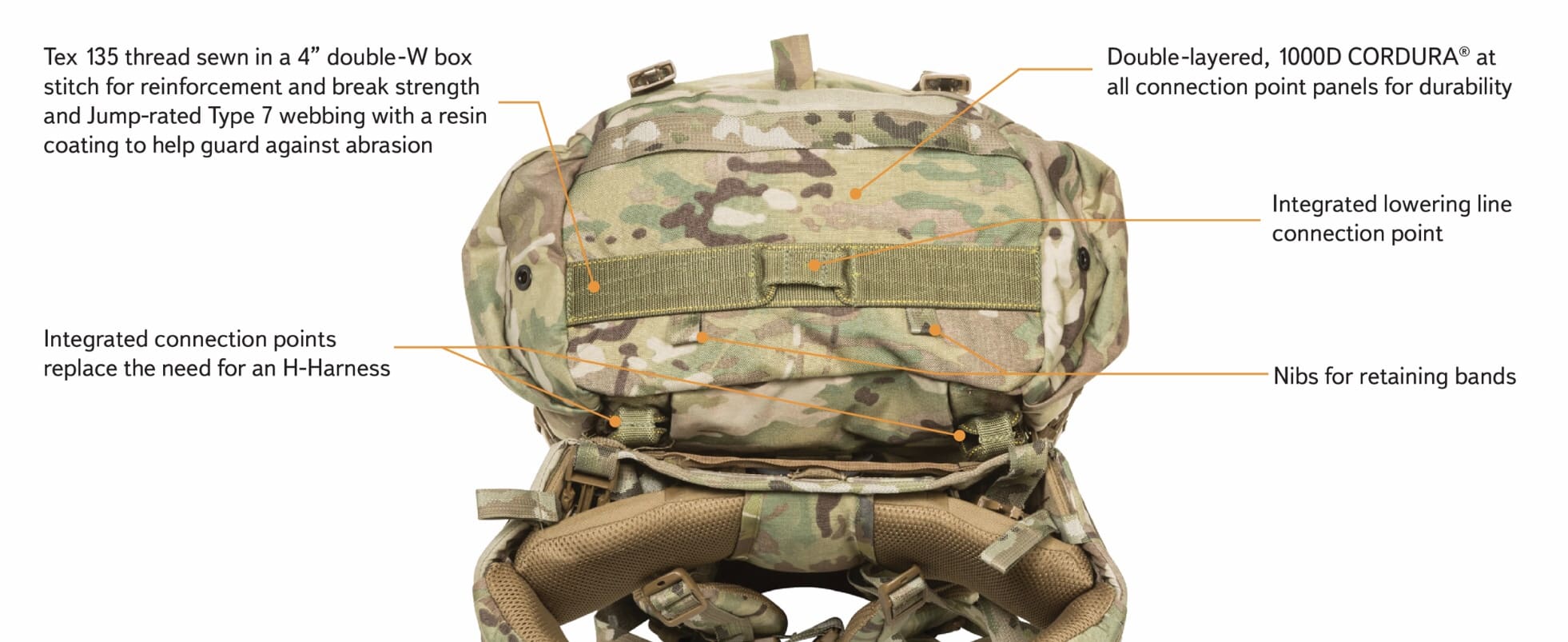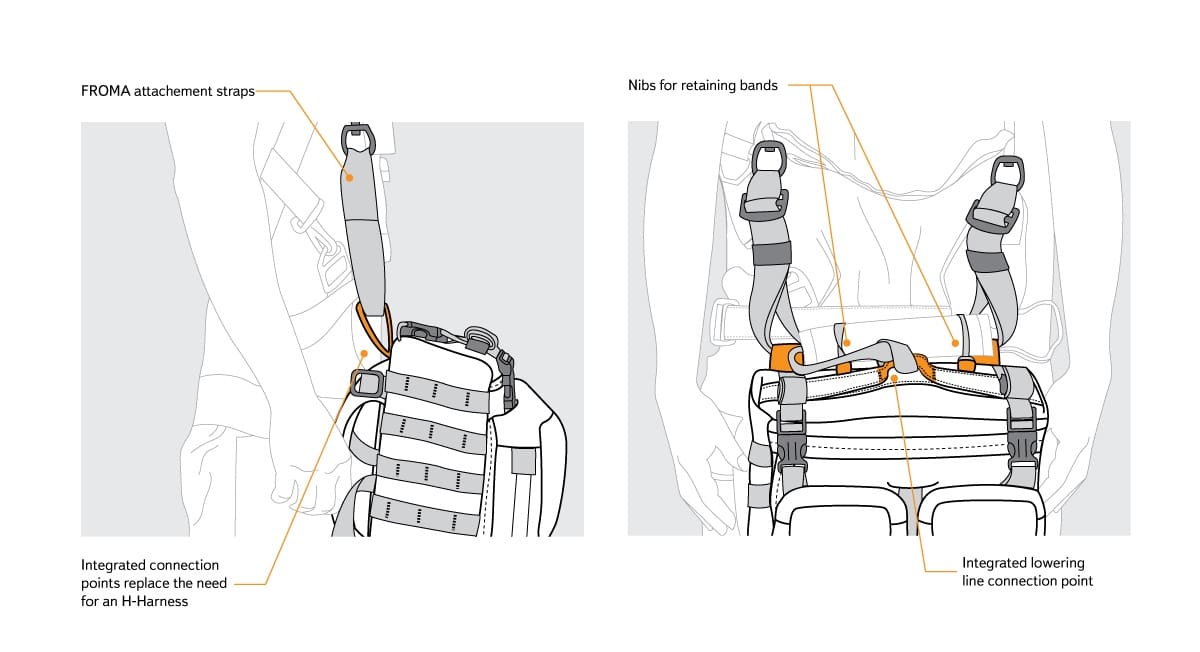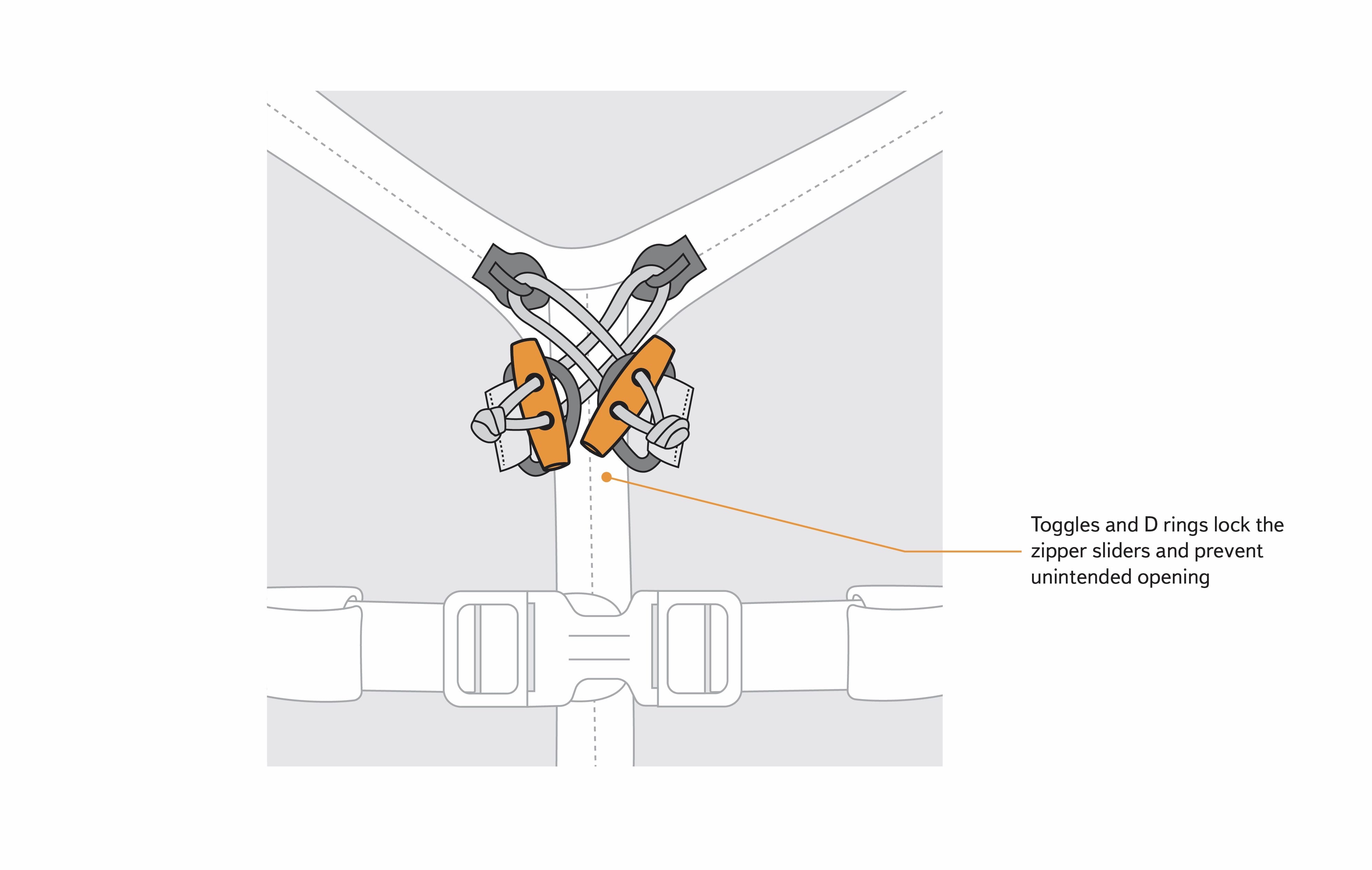Granite Gear has introduced three new Technical day packs, the Scurry, Dagger and Shovel Point. Like all Granite Gear packs, these are lightweight, made from 100D and Custom 210D Robic high tenacity nylon.
Scurry

The Scurry rides high on the back. It is a 24 liter pack, intended to carry about 20 lbs.
Features:
• Roll-top main compartment, secondary zippered front pocket
• Low-profile, foam padded back panel and shoulder straps
• Hydration port and internal sleeve
• Stretch woven side pockets
• Adjustable sternum strap and webbing waist belt
Dagger
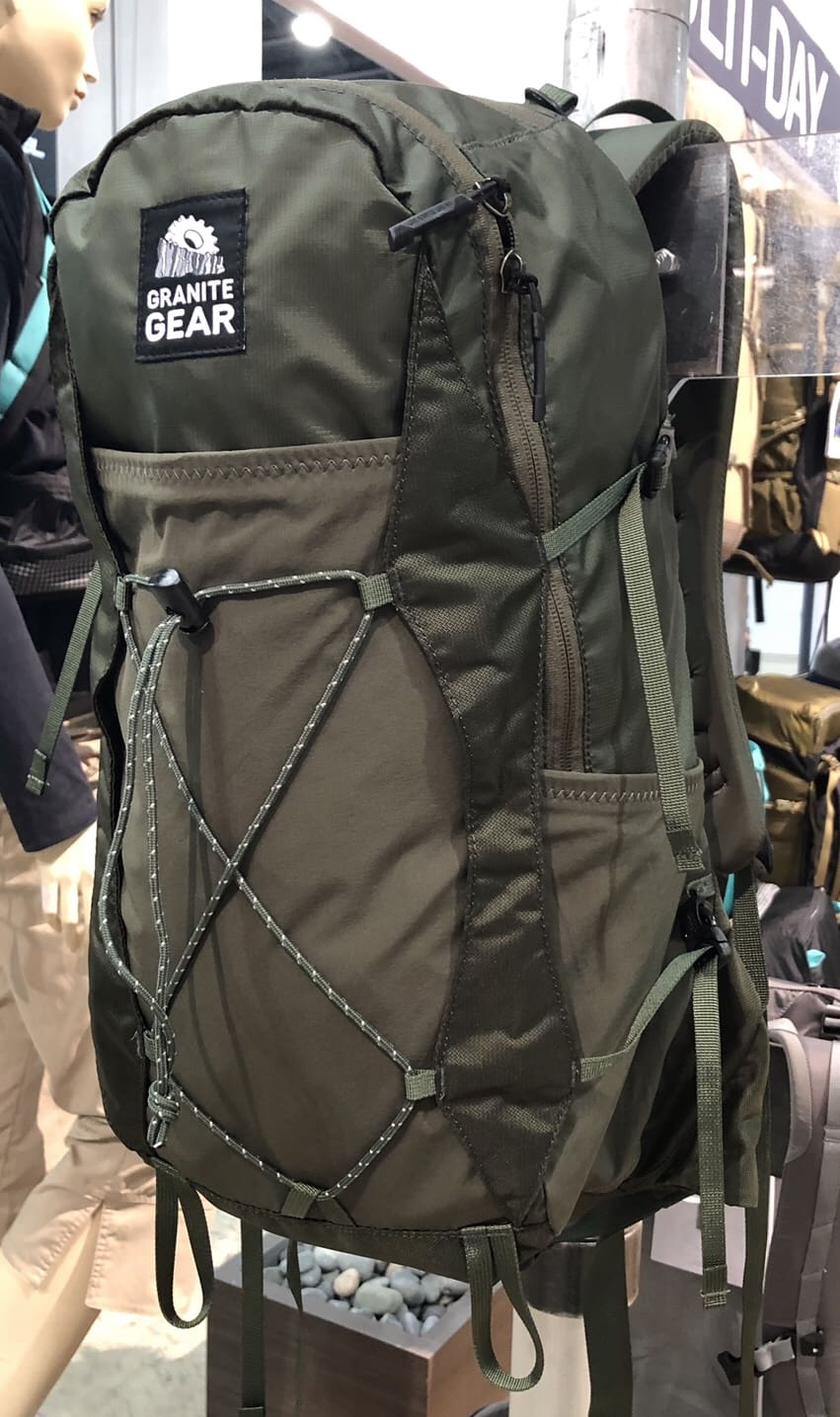
Built for hiking trails, the 22 liter Dagger’s weight is distributed via a thin frame sheet and the hip-hugging form of the pack to the webbing waist belt.
Features:
• Zippered access to main compartment
• Top secondary, quick-stash pocket
• Hydration port and internal sleeve
• Dual-density padded back panel and shoulder straps • Removable frame sheet
• Removable webbing waist belt with emphasized hip-hugging form • Arched compression strap system
• Stretch woven side pockets
• Tall front stretch woven pocket with reflective cord system
• Adjustable sternum strap
Shovel Point
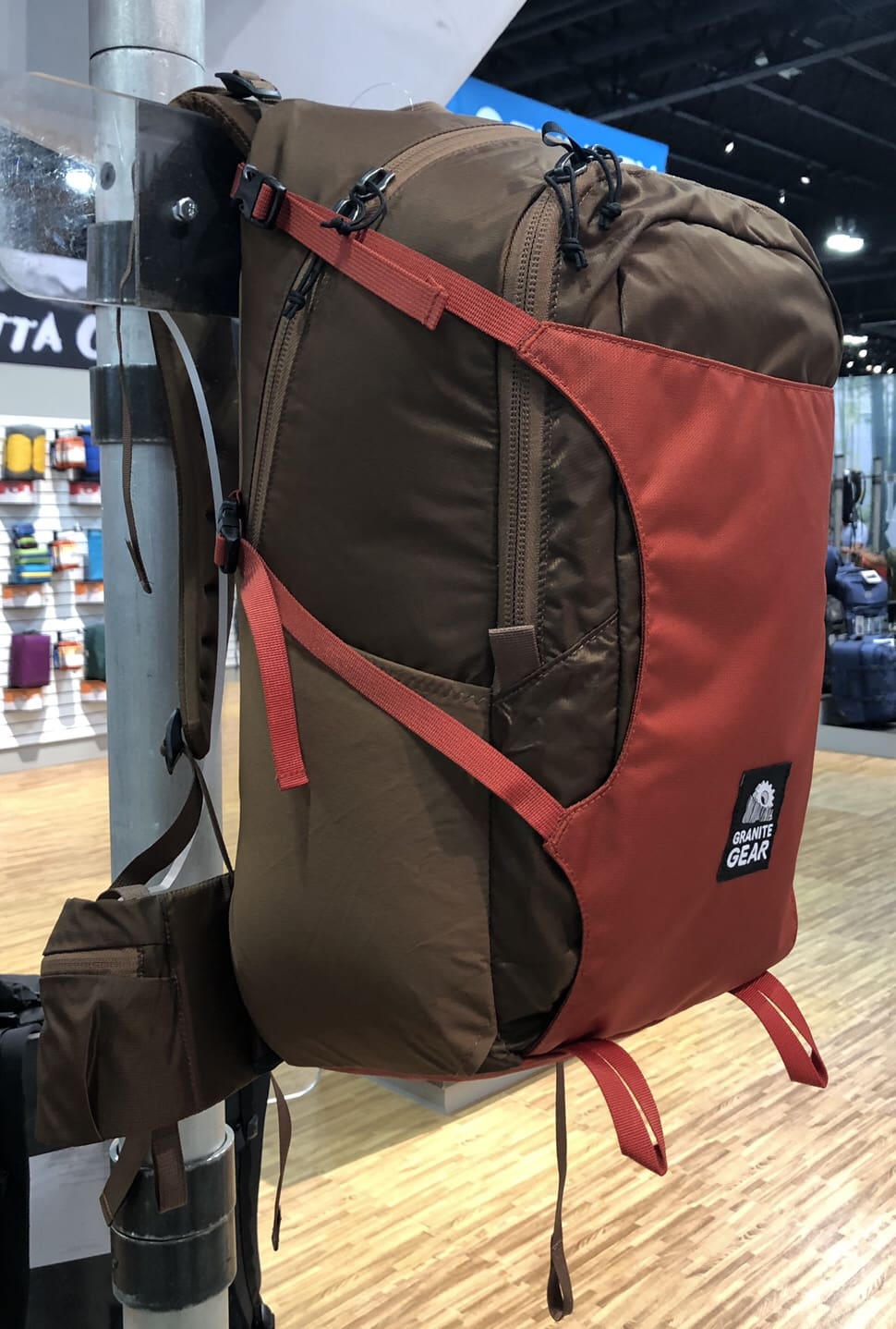
The Shovel Point, is 28-Liters and will haul heavier gear, such as a helmet, rope and shovel more comfortably and securely. The 210D front panel expands outward to stash gear and acts as a compression arch when not in use. Including the Re-Fit waist hipbelt, which is fully adjustable from 26″ to 42″ waists, the Shovel Point has the potential to carry bigger loads.
Features:
• Zippered access to main compartment and secondary compartment
• Re-fit hip belt for 26” to 42” waists
• Hydration port and internal sleeve
• Dual-density padded back panel and shoulder straps
• Removable frame sheet
• Front expandable stash panel with compression straps • Stretch woven side pockets
• Adjustable sternum straps
Coming Spring 2020 from www.granitegear.com.
